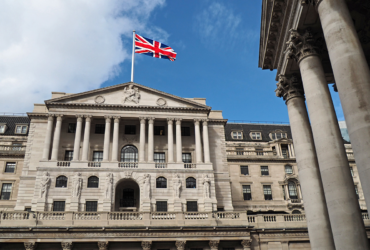In March, inflation in the Euro Area, encompassing 19 member states, dropped to 2.4%, as reported by Eurostat. This aligns closely with the preliminary estimate released earlier in the month and reflects the lowest level since November of the previous year. Further analysis of the data unveils a significant moderation in core inflation, excluding volatile components such as energy, food, alcohol, and tobacco. The annual core inflation rate in the Euro Area fell for the eighth consecutive month to 2.9%, marking its lowest point since February 2022.
Similarly, the United Kingdom witnessed a decline in inflation, with the rate falling to 3.2% in March from 3.4% recorded in February. This represents the lowest inflation level observed since September 2021, according to the latest data from the Office of National Statistcis. Despite this deceleration, core inflation in the UK remains elevated, albeit showing signs of cooling. The core inflation rate eased to 4.2% in March, down from 4.5% the previous month, reaching its lowest level since October 2021.
These developments stand in stark contrast to the inflationary trends in the United States, where consumer prices surged for the second consecutive month in March, reaching 3.5%. This places the US above both the Euro Area and the UK in terms of inflation rates. Notably, both the Euro Area and the UK had previously experienced inflation rates peaking above 10.0%, significantly surpassing the US levels.
Looking ahead, the trajectory of inflation in these regions will continue to be influenced by a myriad of factors, including global economic conditions, monetary policy decisions, and supply chain dynamics. As policymakers navigate these challenges, the focus remains on achieving sustainable economic growth while ensuring price stability for consumers and businesses alike.





